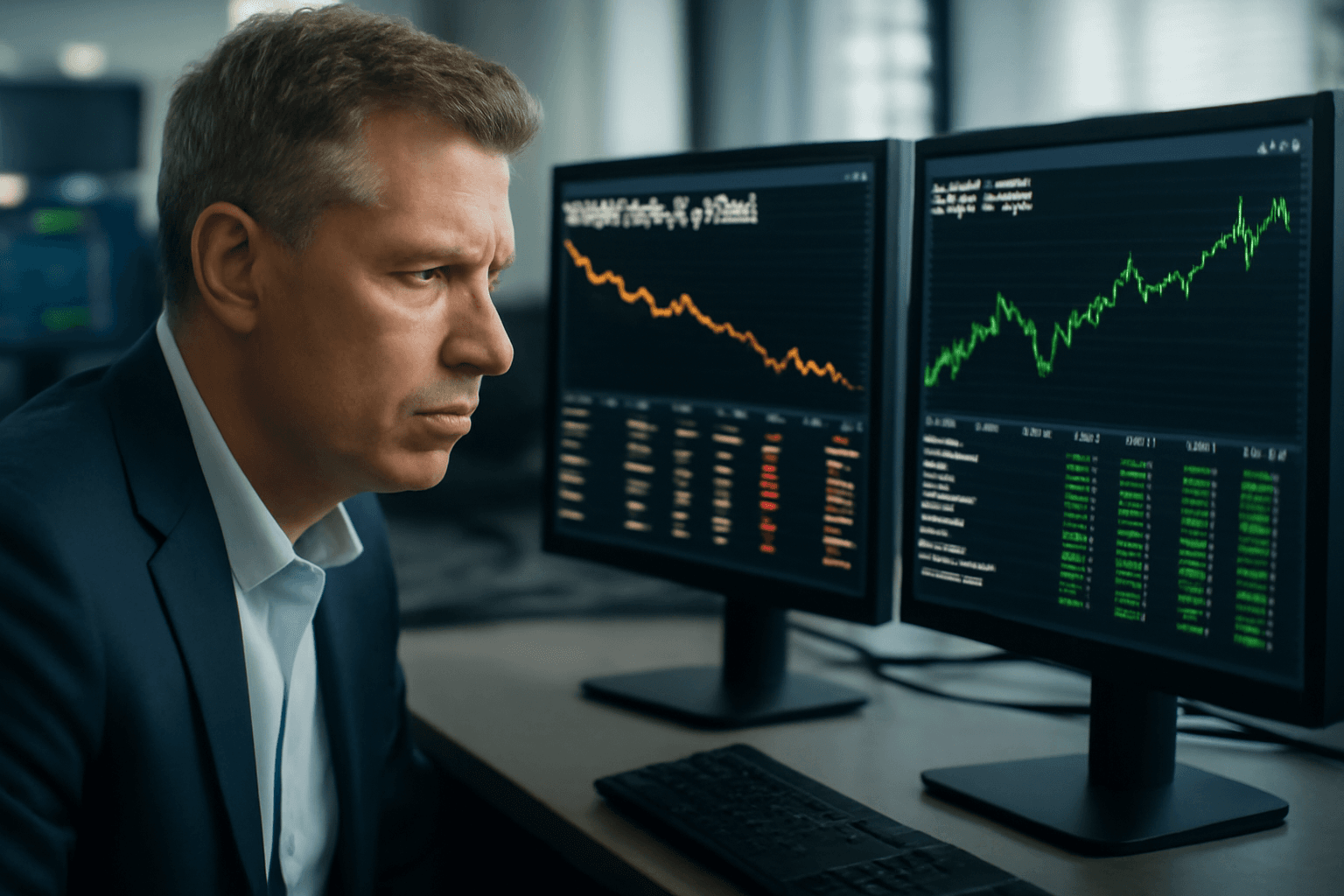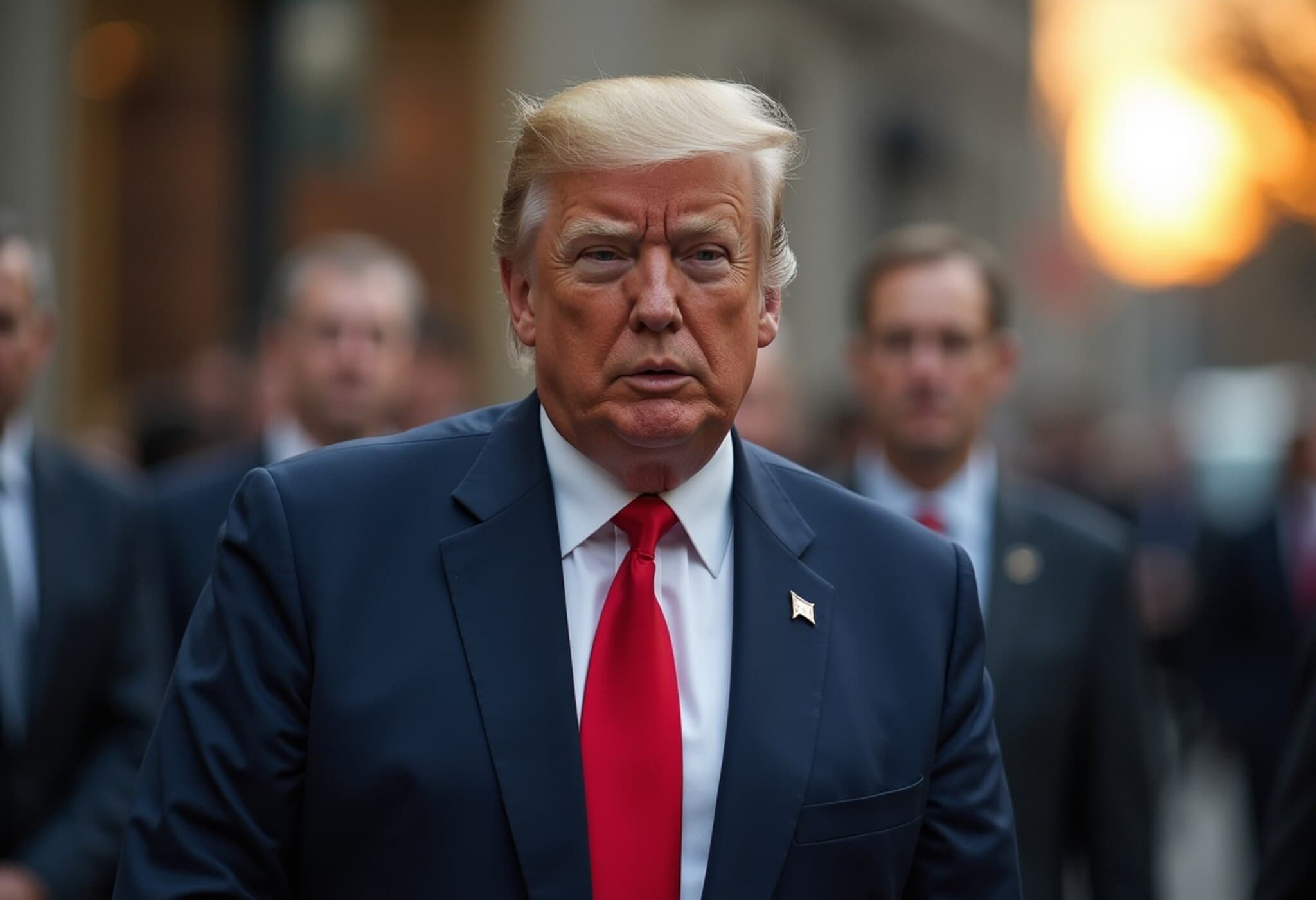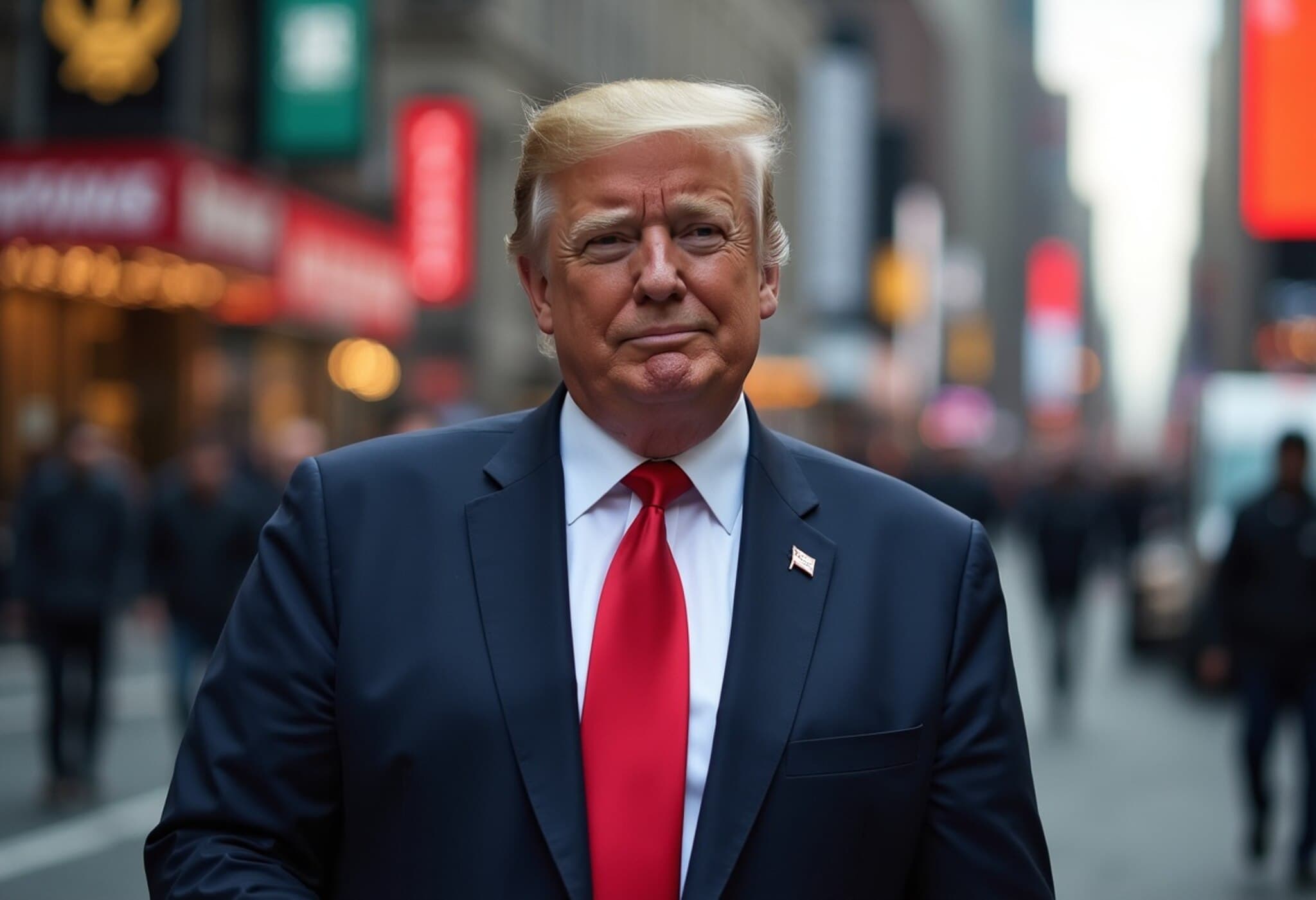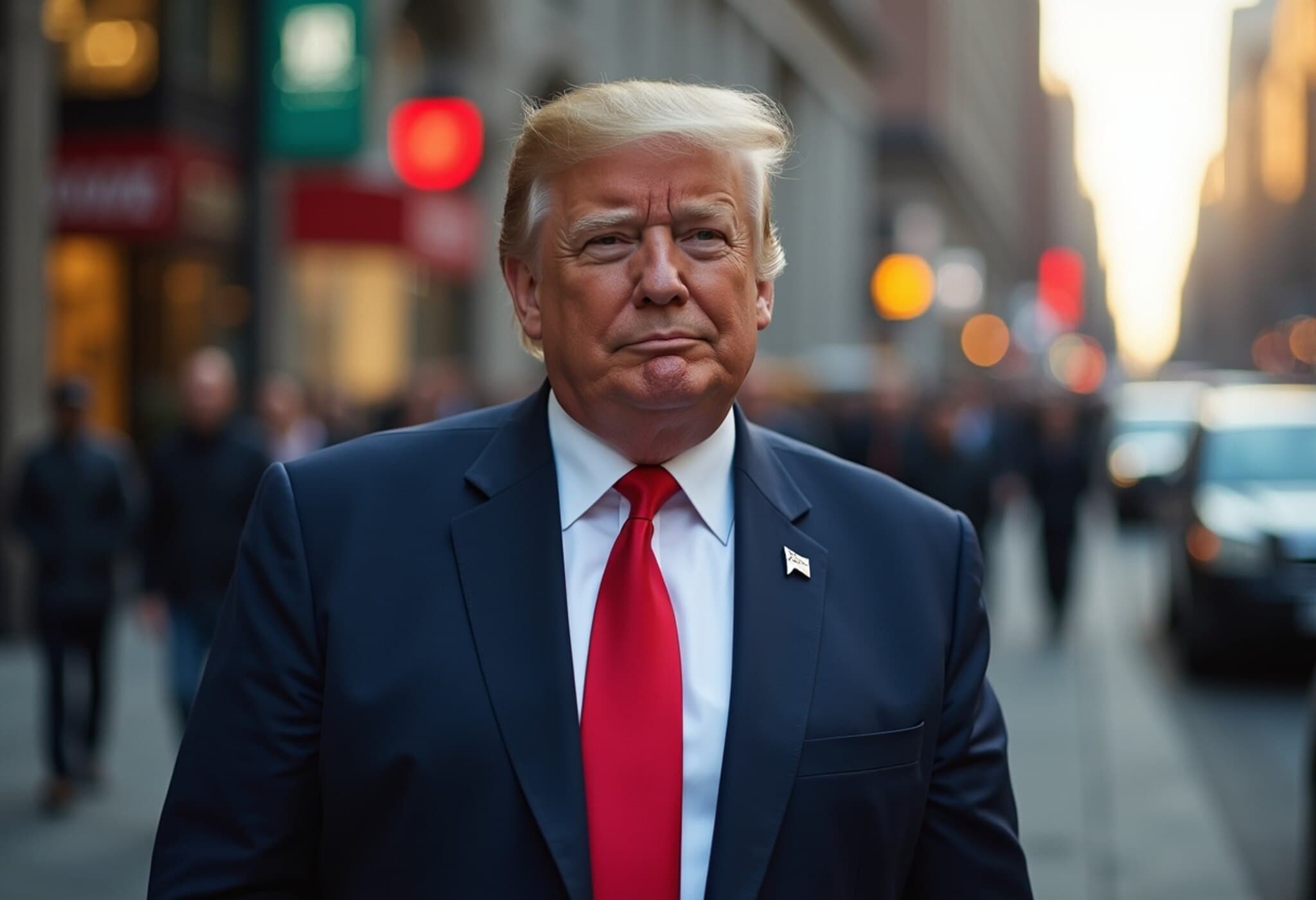Balancing Act: High Valuations Meet Market Caution
As stock valuations soar to unprecedented levels, investors find themselves navigating a complex landscape rife with uncertainty and limited policy visibility. Robert Savage, Head of Market Strategy at BNY Mellon, emphasizes that choosing between riding the wave of sky-high valuations and seeking value in an expensive market isn’t a straightforward decision.
Understanding the Current Market Valuations
Currently, the S&P 500 trades at a forward price-to-earnings (P/E) ratio of roughly 22 times, hovering near the upper end of its historical 20-year average, which sits closer to 16 times, according to FactSet data. This valuation surge is largely propelled by megacap technology stocks, which have driven most of the S&P 500's gains in 2025 and contributed strongly to second-quarter earnings growth.
The Unseen Headwinds: Rate Decisions and Tariffs
Despite the rally, several headwinds cast shadows on the market’s horizon. These include impending Federal Reserve decisions regarding short-term interest rates expected in September, and the ongoing impact of President Donald Trump’s tariffs. Savage points out that investors have encountered concentrated risk before, where a handful of stocks dominate the market’s performance and money flows.
“It’s a familiar story — concentration risk usually resolves itself with a rotation trade,” Savage told CNBC Pro. “The challenge is that such rotation needs a catalyst, typically the onset of a new market cycle.”
Why a Catalyst Matters — And Why It’s Missing
Market rotations are often triggered by shifts in economic cycles, but currently, there’s little indication that such a change is imminent. Savage underscores that greater clarity on the Federal Reserve’s policy path and the economic effects of tariffs—expected to materialize fully by October or November—are critical to guiding market direction.
Embracing Caution: Prefer Commodities and Cash Flow Leaders
In light of this ambiguity, Savage advocates for a cautious approach. He suggests commodity investments might offer a safer harbor compared to equities poised for a short-term pullback of around 5%. Within equities, his preference leans toward companies with strong cash flow, signaling resilience amid volatility.
Growth vs. Value: The Ever-Present Investment Dilemma
When asked about the classic debate between growth and value investing, Savage highlights the primacy of return on investment (ROI) as a guiding metric. Even if the Federal Reserve implements anticipated rate cuts—such as a 50 basis point reduction—this may fall short of tipping the scales favorably for broader market growth.
“Welcome to my world of uncertainty,” Savage remarks, capturing the sentiment that investors must wrestle with incomplete information and shifting policy landscapes.
Expert Commentary: The American Policy Context
From a U.S. policy perspective, Savage’s cautious stance reflects widespread caution among strategists, as inflation dynamics, geopolitical tensions, and trade policies tighten their grip on market stability. The Federal Reserve’s balancing act—fighting inflation without stalling growth—remains pivotal. Meanwhile, the phased economic impact of tariffs introduces additional risk layers, complicating investment decisions.
For investors, this environment underscores the need for diversified portfolios and the importance of monitoring both macroeconomic signals and microeconomic cash flow metrics in stock selection.
Key Takeaways
- Stock valuations are elevated: The S&P 500 trades near 22x forward P/E, above its long-term average.
- Market concentration risk persists: A few tech giants dominate gains, reminiscent of past cycles.
- Uncertainty looms: Federal Reserve rate decisions and tariffs will shape market catalysts.
- Investment strategy: Commodities and high cash-flow companies are favored amid expected volatility.
- Growth vs. value debate continues: ROI remains the fundamental decision point.
Editor’s Note: Navigating Uncertainty in 2025
As we move deeper into 2025, investors face an investment climate marked by soaring valuations yet shrouded in policy uncertainty. Robert Savage’s insights remind us to watch closely for economic cycle shifts that may trigger market rotations. The evolving Federal Reserve policies and delayed tariff impacts demand a patient, vigilant investment approach. How can individual investors effectively balance growth aspirations with value discipline when the rules of the game remain in flux? This question lies at the heart of portfolio strategy in today’s volatile market landscape.



















